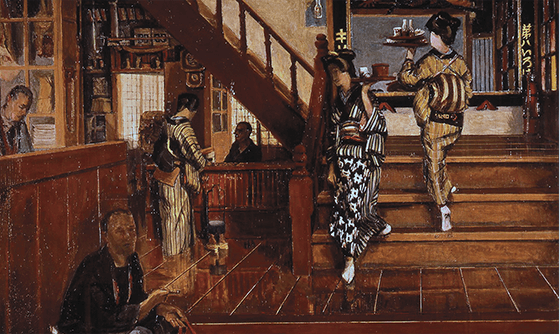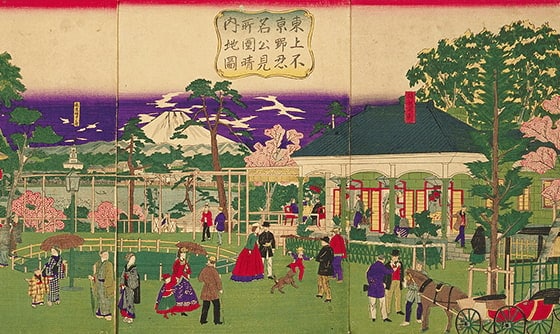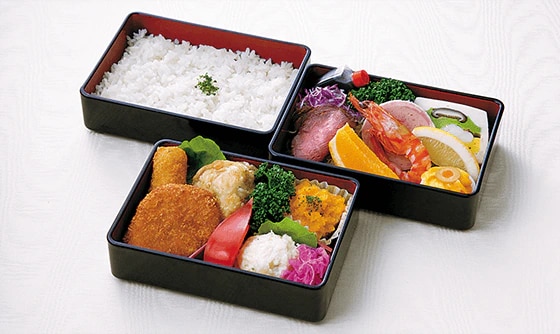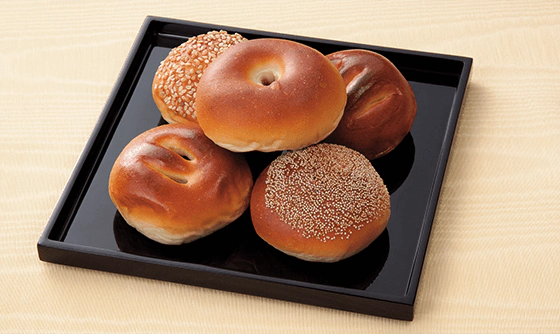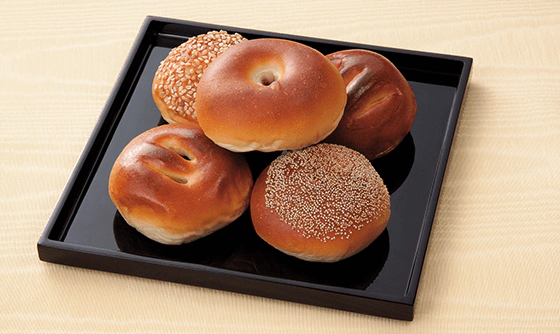
Bread and Sweets
Our Feature series has traced the path of wayo setchu, the fusion of elements from both Japanese and Western cuisines. This final installment considers certain bread and sweets that were created from the union of Japanese and Western confectionery.
by Yo Maenobo
The Rise of Bread in Japan
The introduction of Western cuisine to Japan in the mid-nineteenth century was naturally accompanied by the arrival of bread. In 1906, only a year after the Russo-Japanese War, two landmark instructional booklets for making bread were published, each only a little over 20 pages. One was produced by a famous Western-style restaurant and hotel in Tokyo’s Tsukiji district; the other was titled Instructions of the Master of Kimuraya.
This “Master of Kimuraya” was actually the third-generation owner of a bakery that had been established in Tokyo in 1869, just following the Meiji Restoration. The bakery, Kimuraya, was best known not for English-style bread, or French bread, or even German-style bread, but for its invention of anpan, a soft bread made of sakadane, a rice-cultured yeast traditionally used in the fermentation of sake, which was filled with a sweet bean paste called an. An refers to azuki-an, a paste made from boiled azuki beans sweetened with sugar that is used extensively in traditional Japanese confectionery. Then and now, the term “pan,” a loan word derived from the Portuguese pão, has been used as the Japanese word for “bread.”
Kimuraya’s genius lay not just in inventing sakadane-raised bread, but in wrapping it around a core of traditional flavor: the an. The bun was topped with a salt-preserved cherry blossom, a decoration originally used only for anpan made for the Imperial Household. This treat enjoyed overwhelming popularity at the time, and set in motion a beloved tradition that continues to this day.
Kimuraya began selling its anpan in 1874, and in this classic example of wayo setchu, the basic inspiration was not the cream puff, which is filled with custard after baking, but rather of the traditional Japanese manju, which is made by wrapping the filling with an outer layer of dough. The cherry blossom garnish has the same effect as the bit of partially dried soybean miso topping on a manju, as both impart a touch of salty flavor.
Sweet Fusions
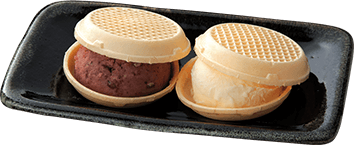
Azuki beans are an essential part of the wafu (Japanese-style) palate. “Aisu” in Japanese usually refers to “ice cream,” but ogura-aisu takes its name from a special kind of azuki bean paste called ogura-an—a type of an made with smooth bean paste mixed with whole azuki beans boiled in sweet syrup. Ogura-aisu was originally a mix of azuki beans and cornstarch, which was then frozen without adding any dairy products. Still another wayo setchu invention devised following World War II is “cream anmitsu,” first made by adding Western-style ice cream to anmitsu, which is a traditional sweet that consists of boiled dried red peas and cubes of kanten gelatin (agar-agar) topped with an, brown sugar syrup and fruit such as dried apricots.
The creation of green tea-flavored soft ice cream represents an interesting reversal of the wayo setchu notion, wherein a Japanese ingredient was incorporated into a Western dessert, and this immensely popular flavor is a perfect example of fusion. Green tea, like azuki, has become a leading element in the evolution of wafu fusion, as seen in green tea parfaits, green tea chocolates, green tea kasutera (castilla), green tea cream puffs, green tea latte, and more.
In 1983, the launch of a variety of wayo setchu products such as aisu monaka stirred up a kind of “wafu boom.” Inspired by monaka, a sweet consisting of azuki-an filling sandwiched between traditional Japanese wafers made of glutinous rice flour, aisu monaka is filled instead with ice cream. Whereas anpan was created by replacing the outer layer of manju with bread, in the case of aisu monaka, the Japanese-style filling was replaced with Western-style ice cream.
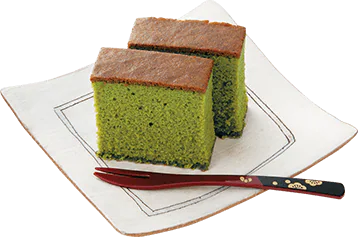
In that same year, an ice cream industry trade paper described the “wafu boom” as “appropriate to the crossover age” of the eighties. If we think about it though, for over 150 years Japan has been living in a dynamic crossover age of wayo setchu. Today, aisu monaka has evolved to the point where one can enjoy a green tea ice cream monaka that includes an azuki-an filling—and so the original monaka filling has traveled full circle.
Japan has no patent on cultural crossover. American chefs use soy sauce to bring out the flavor of steak, and French confectioners travel to Japan to obtain wasabi for making special macaroons. Recently, British television presented the idea of using wasabi in plastic tubes to add to dressings—a convenient tip that received enthusiastic viewer response.
Wayo setchu has until now mainly implied the fusion of Japanese and Western cuisines, but today that meaning continues to expand. Japanese cuisine has begun to integrate with culinary traditions from other parts of the world, and it is with high expectations that we await its innovative fusion with other ethnic cuisines.

